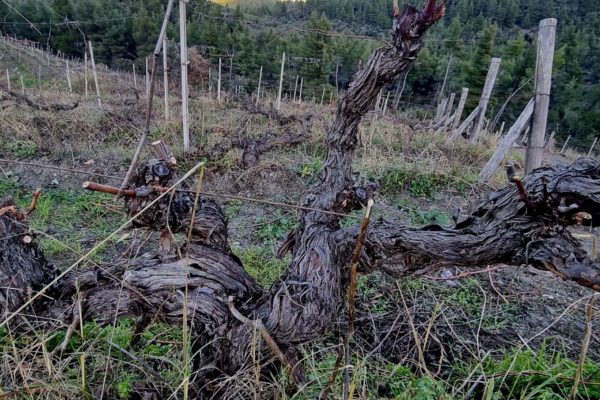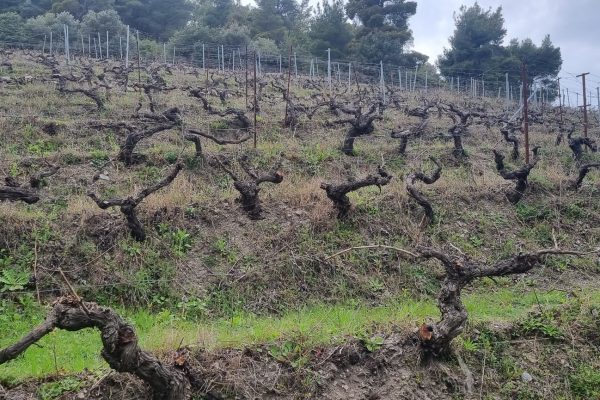The vineyard “Plagies Melitona” is implementing a major project for the regeneration of the historic vineyard as of Spring 2022.
Regenerative Viticulture is not just another philosophy supported by a set of practices.
It is a NEED!
– The need to adjust to new circumstances.
– The need to adjust to changes that come slowly, but we perceive them abruptly
– The need to understand the physiology of vines and their symbiosis with the environment and the rhizosphere in different soils.
– The need to understand the difference between nutrients and soil health
– The need to understand that the word “terroir” refers mainly to vines that share a “memory” of years of climate conditions.
– Finally, the need to understand that wines with personality come from grapes grown on vines with a special character.
From Regenerative Agriculture to REGENERATIVE VITICULTURE
Although the historic vineyard represents a very small part of Greek agriculture, the people who love wine wish to learn more about the terroir and the local cultural influences of the people from Chalkidiki.
The public awareness regarding the importance of production methods in vineyards will contribute to a change of approach in viticulture worldwide, towards a more sustainable planet.
It should be remembered that the applied practices of Regenerative Viticulture are fully aligned with the UN Sustainable Development Goals, more specifically with goal #15.
“Sustainable Development Goal #15 (https://sdgs.un.org/goals/goal15): Protect, restore and promote sustainable use of terrestrial ecosystems, sustainably manage forests, combat desertification, and halt and reverse land degradation and halt biodiversity loss”.
Man and vine
Yet it all starts with the raw material, namely the 50-60 years old vines, which are given a second life through regeneration pruning, optimal soil management and retention and natural bio-stimulants, so that the vines become more resistant to biological enemies and abiotic factors (drought, frost, heat).
Vines resistant to climate change, with a strong character
The reason why the vines were not uprooted in order to plant new ones was that these plants, having been in this particular and special terroir for decades, are able to retain their special character against the attacks of climate change, while other varieties do not manage to do so that well. Alongside the regeneration work, another process is also on track: the preservation of material from these vines, so that some pieces can be preserved for replanting.





